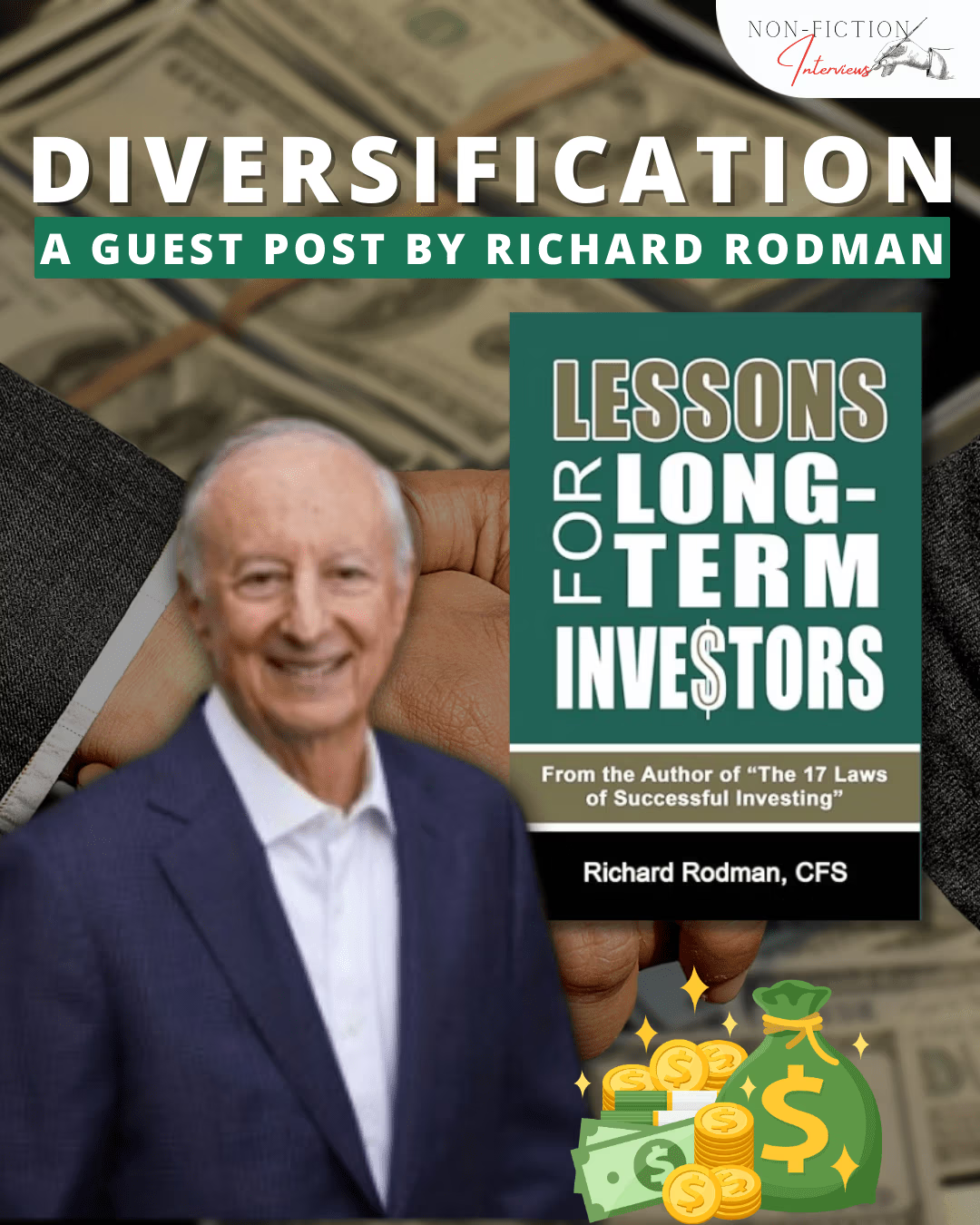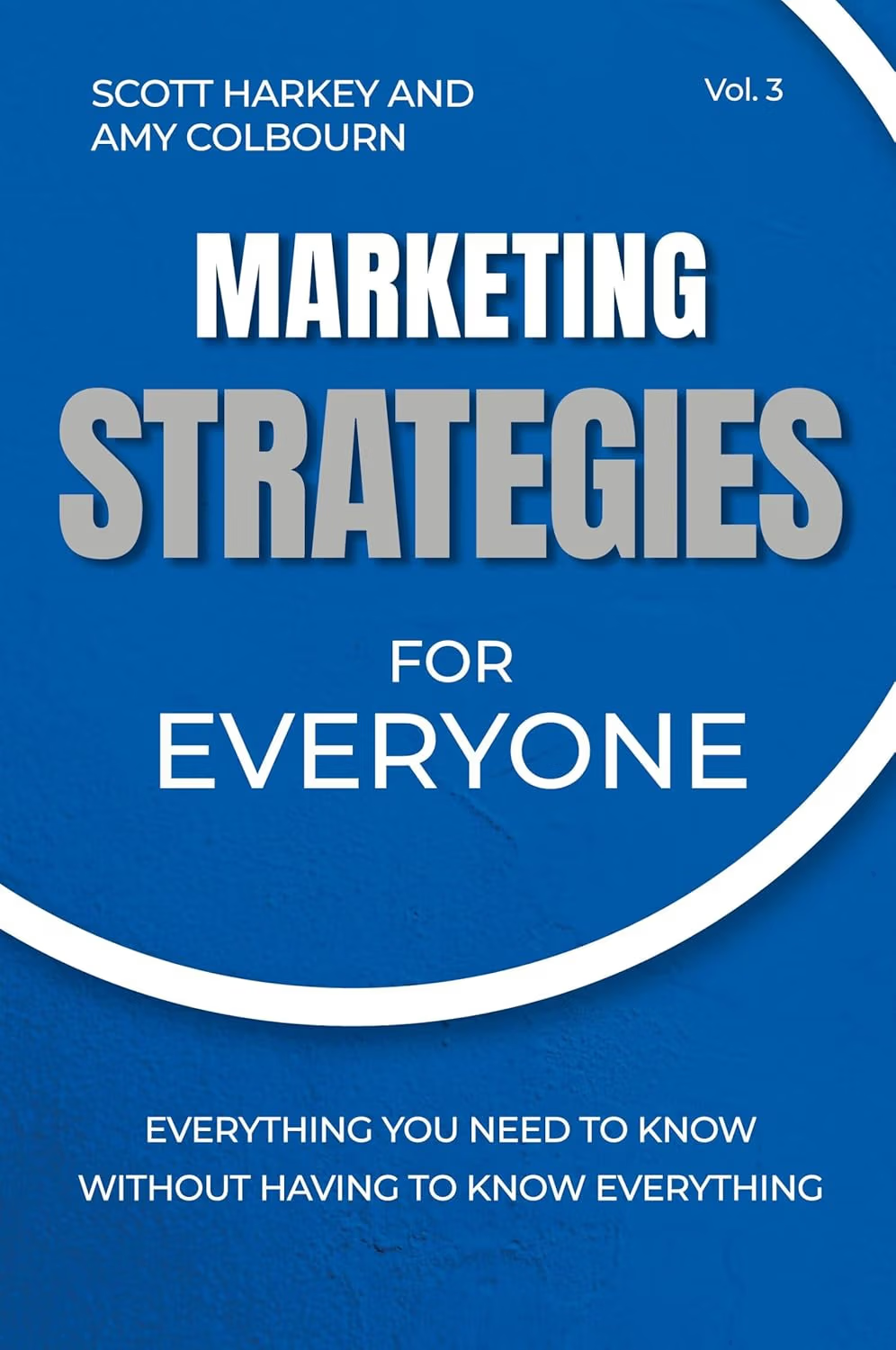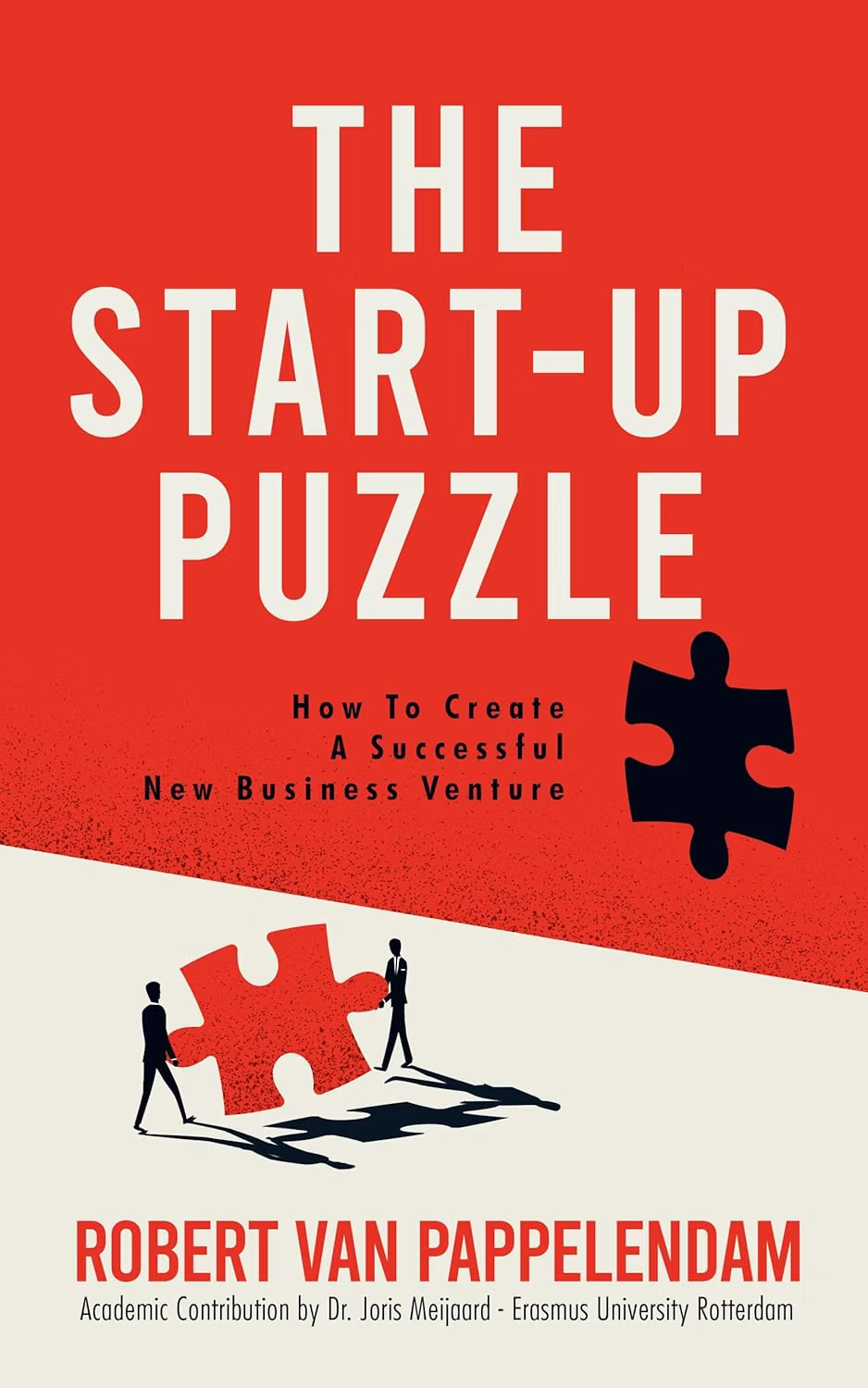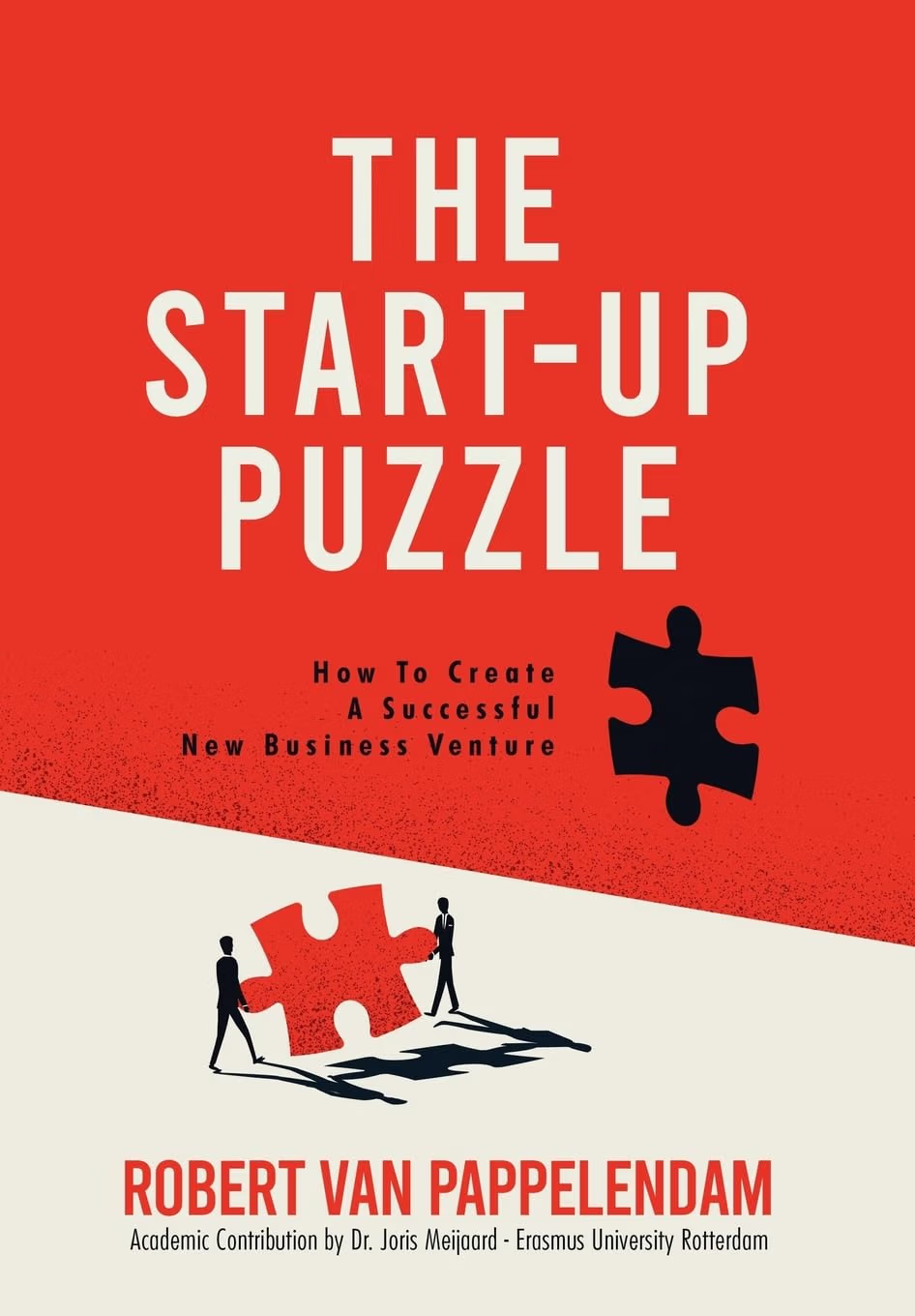Diversification
As has often been said, “Diversification is the only free lunch in investing.” There are many different diversification strategies. Investors can diversify amongst asset classes, investment styles, size of companies and even sectors of the economy. Diversifying amongst asset classes consists of allocating funds between stocks, bonds, cash (including Certificates of Deposit), real estate, gold, and alternative assets such as art and collectibles.
Stocks can also, in turn, be diversified between styles of investing such as Growth or Value. Growth investing is investing in companies that most times are relatively newer and therefore growing faster. An example might be Amazon when they first arrived on the scene. Value investing would be a company like  Exxon Mobil which has been around for many years and does not grow quickly anymore, but does pay a hefty dividend instead. Diversification can also be associated with the size of a company. There are large companies, mid-sized companies, and small companies. Each of these categories can “go their own way” at different times as they each can be in favor in the marketplace at different times.
Exxon Mobil which has been around for many years and does not grow quickly anymore, but does pay a hefty dividend instead. Diversification can also be associated with the size of a company. There are large companies, mid-sized companies, and small companies. Each of these categories can “go their own way” at different times as they each can be in favor in the marketplace at different times.
Diversification in equities can also come into play by choosing positions that are different as to sectors
of the economy. There are eleven sectors that make up the S & P 500 Index. They are: Technology (the largest), Health Care, Financials, Real Estate, Energy, Materials, Consumer Discretionary, Industrials, Utilities, Consumer Staples and Communications. Each of these definitely “go their own way” at different junctures of the economic cycle and most times with much more volatility (both up and down) than the difference between growth and value investing styles.
There is also diversification in the bond market. There can be bonds of long-term duration, intermediate term duration and short-term duration. There can also be diversification between Government Bonds, Government Agency Bonds (such as Ginnie Mae bonds), Corporate Bonds and Tax- Free Municipal Bonds. Generally speaking, Long-Term Bonds are of a duration greater than 10 years. Intermediate term Bonds are generally between 4-10 years and Short-term bonds are mostly of 1-3 years duration. There can also be diversification into Hi-Yield Bonds, which are bonds corporate bonds that have a lower credit rating.
As you can see, there are many, many ways to diversify just between stocks and bonds, which need to be taken into consideration when assembling a well-balanced portfolio using each investor’s risk tolerance and goals and objectives. That is the point of this discussion. Diversifying among asset classes is the most important. Getting that correct will determine more than other types of diversification how well you do in the long run. If you get diversification correct in general that will result in less changing of positions, which generally leads to greater results, especially on a risk/return basis.
Finally, in addition to all this, one must determine what time of “wrapper” they would like their portfolio to be in (which is also a form of diversification). Will it be all in Mutual Funds? Will it be all in Exchange Traded Funds? Will it be in individual stocks? Will it be some of each for different reasons, such as liquidity? I find that Time also enters into this decision. If one has a significant amount of time to devote to their investments, there might be more individual issues or individual stocks than mutual funds or exchange traded funds since that takes much more research to get the best positions and also takes more time in monitoring the portfolio.
Hopefully this has been helpful in learning about all the different types of diversification, which is an integral and very important part of investment success. Diversification is one of the main topics covered in my new book Lessons for Long Term Investors. The topic is so important it is referred to throughout the book.
Learn more
Lessons for Long Term Investors
Master These Lessons and Become a Successful Investor!
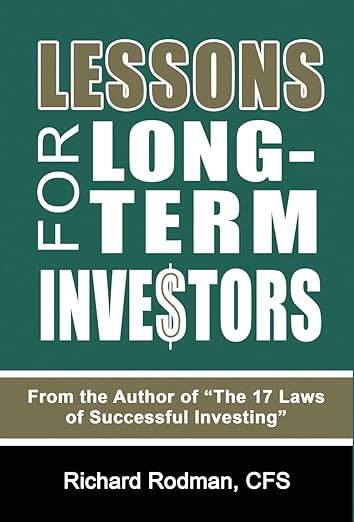 Do you want to create more wealth? Do you want to maintain or even add to your standard of living now and during retirement? Now you can if you follow the concepts of this book. With this book, noted investment consultant Richard Rodman shows you:
Do you want to create more wealth? Do you want to maintain or even add to your standard of living now and during retirement? Now you can if you follow the concepts of this book. With this book, noted investment consultant Richard Rodman shows you:
- A wealth creation formula that WORKS!
- How to manage fear and greed–the two emotions that preclude sound investing
- How to put financial markets in their proper perspective and not in the perspective of the media, which mostly reports on short term market swings
- How to capitalize on bad news and market turmoil
This book is a distillation of over 50 years of sound investment advice and practice. It is a companion book to Rodman’s first book, The 17 Laws of Successful Investing, and companion text to his popular seminar, How to Create and Manage Wealth, as well as continuing education material for CPAs. In clear language and powerful examples compiled from many years of his newsletters, Rodman makes long-term investing understandable, easy, and attainable for virtually anyone in any income bracket. In these pages you will hopefully discover a new financial reality in today’s tumultuous world. Your future may actually depend on following these time-honored concepts. Ignore them at your own financial risks.

